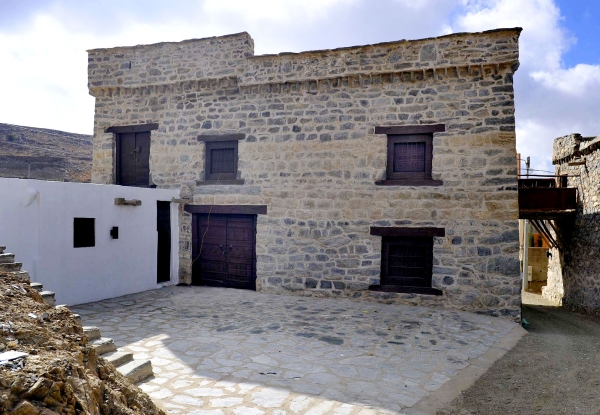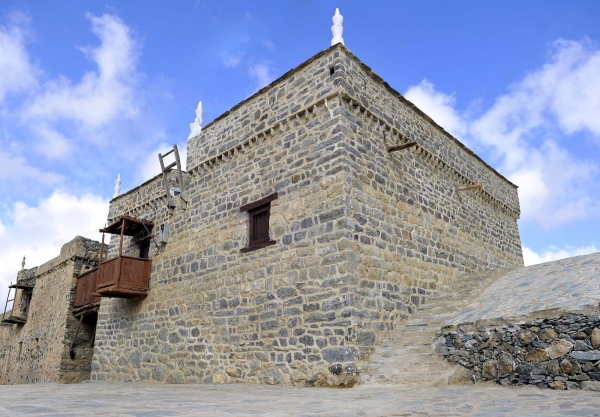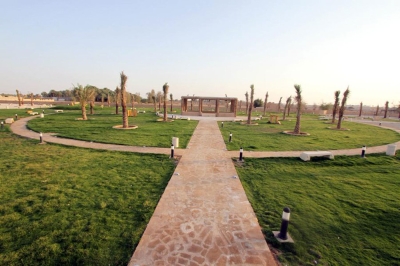

Bin Raqoush Palace is one of the archaeological and historical palaces in al-Bahah Province, Kingdom of Saudi Arabia. It is located in the village of Bani Saar, north of al-Bahah City, near the main road connecting al-Bahah City and al-Qara Governorate. It is considered one of the oldest fully serviced historical palaces and has been renovated to become a museum, a tourist center, and a venue for heritage events in the province.
Elements of Bin Raqoush Palace
Bin Raqoush Palace was built in 1833 in Bani Saar Village on the slope of a hill that includes a group of heritage buildings. The palace consists of five large houses, some with three floors, an old council hall, an attached mosque, servant quarters, a water well, an inner courtyard, two other courtyards around the palace, and stables for horses. Together, they form a complete residential complex of houses and their annexes.
Stages of building Bin Raqoush Palace
Bin Raqoush Palace is one of the oldest fully serviced historical palaces, with its five houses surrounded by farms built in two stages. The first stage began in 1833, during which the maritime house was constructed. This house included the old guest reception area (majlis), the armory, the library, the food storage, the sleeping quarters, and the family sitting rooms, along with the Levant (Shami) house, the mosque, the main kitchen, the servant quarters, and the water well. The second stage, which started in 1939, included the construction of the eastern house or guest house, the central house, and the reform house. With this construction, the palace formed a complete residential complex.
History of Bin Raqoush Palace
The palace was inhabited by Rashid Bin Jamaan Bin Raqoush, the ruler of the Zahran tribes, who was quick to pledge allegiance to King Abdulaziz Bin Abdulrahman Al Saud at the beginning of the Kingdom's establishment and unification. In 1955, King Saud Bin Abdulaziz Al Saud visited the palace during his visit to al-Bahah Province.
Restoration of Bin Raqoush Palace
In 2014, the palace underwent restoration and rehabilitation work carried out by the Ministry of Tourism (formerly the General Commission for Tourism and Antiquities). The rescue restoration focused on the guesthouse building within the palace and included protecting the existing building elements and preserving them from collapse, reinforcing the foundations, dismantling and reinstalling the roofs, restoring and reviving the facades, and addressing cracks. Additionally, the restoration involved rebuilding cracked and collapsed walls and cleaning the floors.
Related quizzes
Related articles

